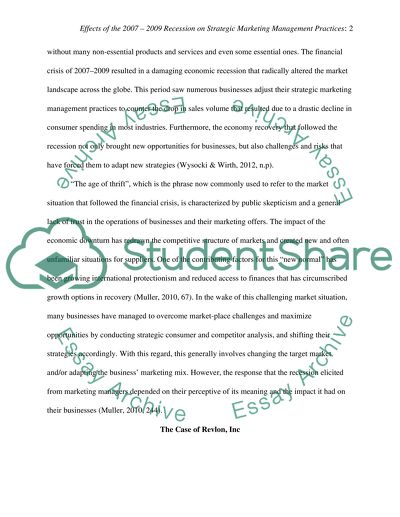Cite this document
(“Effects of the 2007 2009 Recession on Strategic Marketing Management Essay”, n.d.)
Effects of the 2007 2009 Recession on Strategic Marketing Management Essay. Retrieved from https://studentshare.org/marketing/1477698-effects-of-the-2007-2009-recession-on-strategic-marketing-management-practices
Effects of the 2007 2009 Recession on Strategic Marketing Management Essay. Retrieved from https://studentshare.org/marketing/1477698-effects-of-the-2007-2009-recession-on-strategic-marketing-management-practices
(Effects of the 2007 2009 Recession on Strategic Marketing Management Essay)
Effects of the 2007 2009 Recession on Strategic Marketing Management Essay. https://studentshare.org/marketing/1477698-effects-of-the-2007-2009-recession-on-strategic-marketing-management-practices.
Effects of the 2007 2009 Recession on Strategic Marketing Management Essay. https://studentshare.org/marketing/1477698-effects-of-the-2007-2009-recession-on-strategic-marketing-management-practices.
“Effects of the 2007 2009 Recession on Strategic Marketing Management Essay”, n.d. https://studentshare.org/marketing/1477698-effects-of-the-2007-2009-recession-on-strategic-marketing-management-practices.


